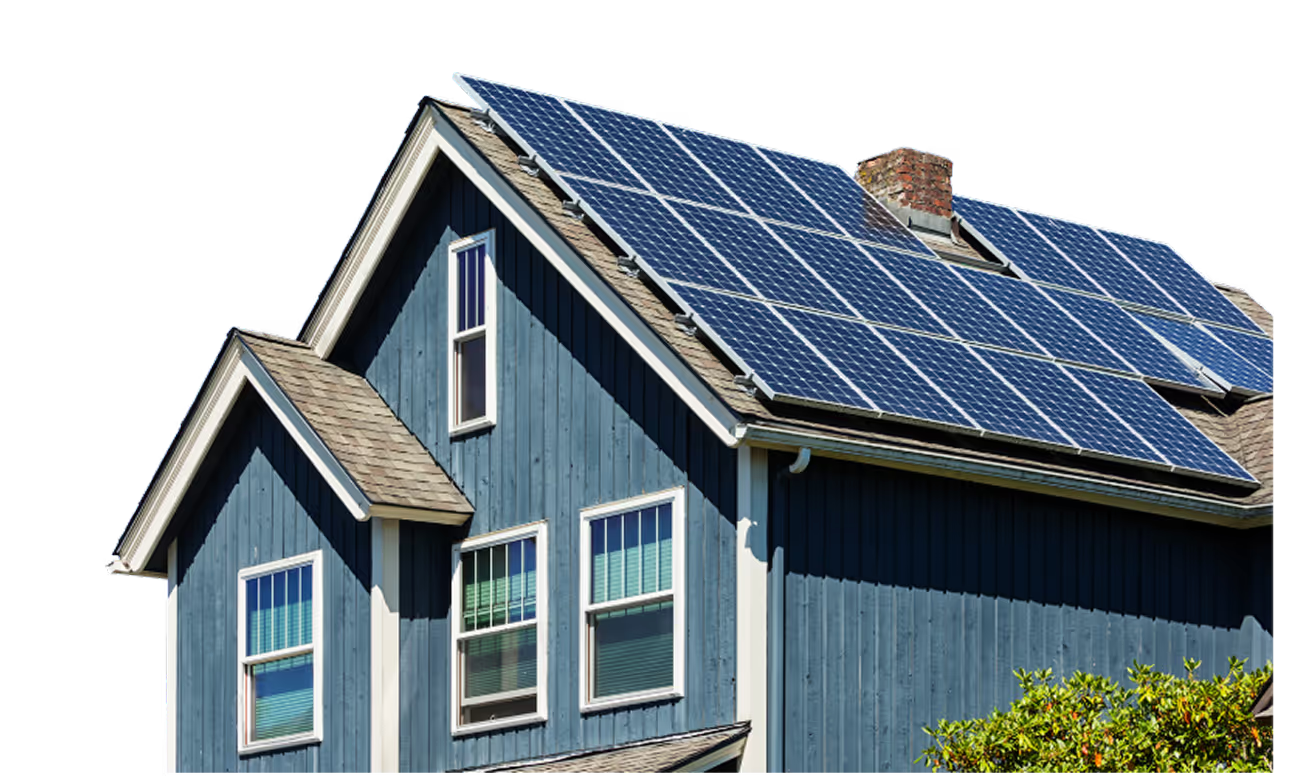
Known as a sunny island set in the seas, it might seem natural that Singapore is transitioning towards adopting solar panels across HDBs in Singapore. However, you might have additional questions that may not be answered, or not crossed your mind before:
- Why solar panels on HDBs at this specific point in time?
- Who are the stakeholders involved?
- How these solar panel installations are arranged between different stakeholders? And even,
- Why solar panels in Singapore?
If you have any of the above burning questions, you’ve come to the right place! These will be promptly answered in this article.
Why Solar Panels In Singapore?
You might be wondering: why solar panels in Singapore as a renewable energy solution?
Solar is not only effective in reducing carbon emissions, but is also extremely cost efficient and easily deployable. According to Project Drawdown, the world’s leading solution for climate solutions, approximately 60% of global electricity can potentially be powered by solar photovoltaics (PV) by 2050. This is because of two reasons: first, the price of solar has declined by 89% from 2009 to 2019, making it an undeniably cheap source of energy compared to traditional electricity. Second, especially in the context of Singapore, other forms of renewable energy like wind or hydro-electricity are not viable due to land constraints. This makes solar stand out as the most viable energy source in Singapore.
On top of which, there are also an increasing amount of case studies of solar as a solution in Singapore, where many households are fully running on solar to power their house & are reaping attractive cost savings.
In summary,
- solar is cheap,
- can be installed on many roofs, and
- produces zero carbon emissions as a renewable energy source,
making it the perfect match made in heaven for sunny Singapore!
Why Solar Panels On HDBs Now?
To understand Singapore’s recent efforts to increase our reliance on solar, we would have to take a deep dive into Singapore’s Green Plan 2030.
On February 10, 2021, the government unveiled Green Plan 2030, which is a long term roadmap to help Singapore achieve long term net zero emissions goal as soon as possible. Citing climate change as a global challenge, the Green Plan 2030 was constructed to set targets, as well as steps, towards building a more sustainable future for the country.
At the same time, the Green Plan 2030 is also a strong commitment towards UN’s 2030 Sustainable Development Agenda and Paris Agreement.
Within the Singapore Green Plan 2030, there are 5 key focus areas, one of which being an “Energy Reset”.

What Does The Energy Reset Pillar under Singapore Green Plan 2030 Consist?
Under the Energy Reset pillar, Singapore aims to use cleaner energy sources across all sectors. This includes achieving at least 2 gigawatt peak of solar energy deployment by 2030 across rooftops, reservoirs and other open spaces. Contributing to this ambitious goal is of course HDB, which has rolled out the Green Towns Programme to assist the country in achieving this target.
What is the HDB Green Towns Programme?

The Green Towns Programme, according to HDB, is a 10-year plan to make HDB towns more sustainable and liveable. Solar panels on HDBs are primarily used to power common services, such as lifts, lights and water pumps, with excess energy sold back to the grid through metering credit schemes to offset its initial capital outlay.
HDB aims to stretch its solar power generation targets to 540 MWp by 2030, which is equivalent to powering 135,000 4-room HDB flats in a year. As of 8th April 2023, HDB is well positioned to meet this target with 3,300 HDB blocks being fitted with solar panels.
You may then ask: how does HDB then work together with the government to roll out solar panel installations? This is when the SolarNova programme comes into play.
What Is The SolarNova Programme?
Launched in 2014, the SolarNova programme is a Whole-Of-Government effort led by the Economic Development Board (EDB) and HDB to accelerate the deployment of solar photovoltaic (PV) systems in Singapore.
The SolarNova programme is primarily run among 5 parties: EDB, HDB, SERIES (NUS), Solar Developers, as well as interested agencies/town councils.
First, EDB helps to consolidate which agencies or town councils are interested in adopting solar. After which, EDB communicates this information to HDB, who is in charge of consulting Solar Energy Research Institute of Singapore (SERIS) on the feasibility of installing solar within the chosen premises. Afterwards, HDB then outsources solar developers to finance, design and install solar PV systems for interested & qualified parties.

By working together in this fashion, HDB is able to achieve economies of scale through aggregating demand and serving multiple agencies at once, thereby keeping costs low and increasing the viability of solar within the country.
SolarNova currently operates in tenders, which simply means that SolarNova runs in phases with different benefactors in each tender.
To date, SolarNova has launched its eighth and largest solar tender, where HDB has successfully arranged for the installation of solar panels across more than 1,000 buildings by the third quarter of 2026. This includes 1,075 HDB blocks across Aljunied-Hougang, Nee Soon and Sengkang Town Councils, as well as 104 government sites, which consist of schools, Ministry of Defense sites and shopping malls.
This will push total solar capacities to 440MWp, which is only 100MWp short of HDB’s goal of 540MWp of capacity by 2030. Hooray to the environment!
How Do Non-HDB Buildings In Singapore Install Solar?
For non-HDB buildings, such as landed homes or small to medium commercial buildings, there are fortunately solar loans such as U-Solar (which you can find out more here), as well as grants available, like the Green Mark Incentive Scheme 2.0, that makes solar a viable investment in Singapore.
Here at GetSolar, we offer Singapore’s first Rent-To-Own solar plan, which allows one to instantly enjoy savings through monthly payments, in addition to complimentary servicing & maintenance.
Psst… for HDB owners, we’ve still got your back! Dive into our comprehensive guide on enhancing the HDB solar panel initiative, and discover innovative ways to craft your own smart, green home!
To find out more about what this entails, you can click here to find out more!
Find out more about Rent-To-Own
Some FAQs About Solar!
Will my solar panels work at night and on cloudy days?
Solar panels convert sunlight into energy, so your solar panels will likely generate little to no energy at night. At night or on cloudy days when you consume more energy than is generated by your solar panels, your home will automatically draw power from the electricity grid. You wouldn’t notice anything at all!
Is my rooftop suitable for a solar panel installation?
Most roofs are suitable for solar panels. However, roofs that are overly sloped or complex would not be the most ideal for solar panel installations. Some examples of complex roofs include ones that face many different directions or have dormer windows. This might leave very little space for solar panel installation and/or make installation challenging. In which case, this will likely incur greater costs and might be less economically feasible.
How much does a solar panel installation cost in Singapore?
The cost of installation will vary based on several factors. The most important being the number of solar panels being installed. The cost of a solar installation in Singapore ranges from S$15,000 to S$50,000. That said, a good estimate will be S$20,000 as most residential solar panel systems are around 10 kWp (S$2,000/kWp). Besides the number of solar panels installed, roof material, orientation and complexity are other factors that can affect installation costs.

Rent-to-Own Solar for Business with Guaranteed Performance
Immediate ROI




Rent-to-Own Solar. $0 Upfront cost. Guaranteed Savings
(10-Year RTO plan)
+ 10-Year Free Maintenance










